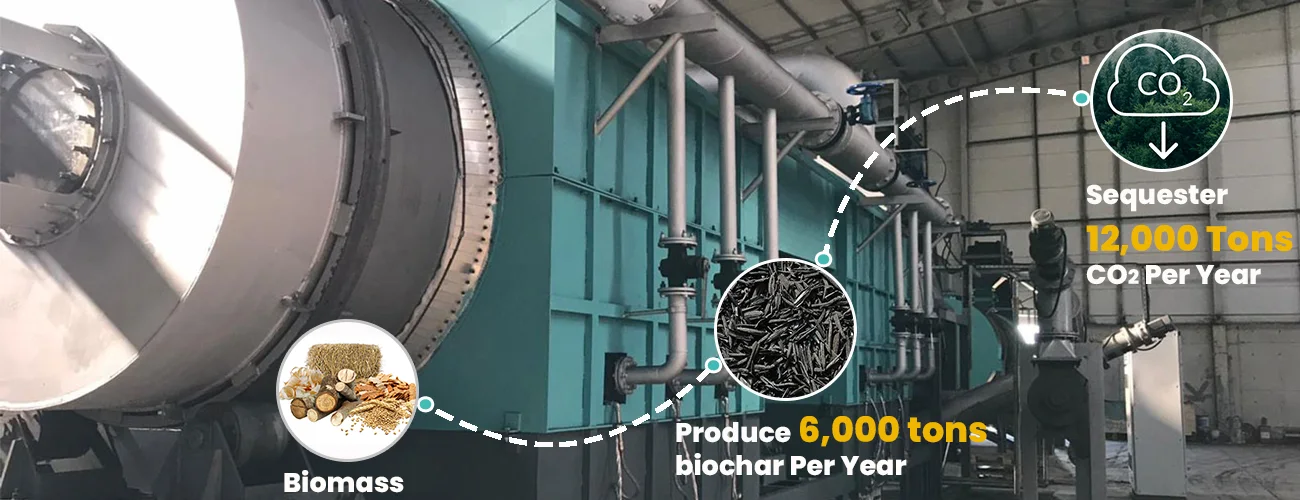Assessing the operational efficiency of a nursery tray machine extends beyond output capacity. With rising industrial scrutiny on sustainability, understanding energy consumption and environmental metrics is essential. Both manufacturers and agricultural suppliers are aligning procurement strategies not just with technical performance, but also with ecological benchmarks and lifecycle cost-effectiveness.
1. Energy Input and System Load
The nursery tray making machine operates through a series of energy-intensive phases—pulp preparation, molding, pressing, and drying. Among these, thermal drying and vacuum forming are the most energy-demanding. On average, energy consumption ranges between 50 and 80 kWh per 1,000 trays, depending on production scale and drying method.
Machines equipped with multi-layer metal drying systems tend to consume more energy than those using brick-lined drying tunnels, yet they offer quicker turnaround and higher throughput. Variable frequency drives (VFDs) for vacuum pumps and air compressors reduce idle load, optimizing energy expenditure across fluctuating workloads.
2. Thermal Efficiency and Heat Recovery
Drying constitutes up to 70% of the total energy footprint. Integration of waste heat recovery units and thermal insulation in the drying section can drastically curtail heat loss. Recirculating hot air with controlled ventilation minimizes thermal leakage and stabilizes moisture evaporation rates.
Direct gas burners offer rapid heating but emit higher carbon outputs. In contrast, biomass burners fueled by agricultural waste provide a carbon-neutral alternative. Some advanced systems of pulp molding plant incorporate hybrid configurations, allowing operators to switch between gas, diesel, or biomass depending on fuel availability and cost parameters.
3. Water Utilization and Recycling
Water usage is intrinsically linked to pulp slurry preparation. However, closed-loop water systems now feature prominently in newer models, reducing freshwater input. Recycled water—filtered and recirculated through sedimentation tanks—cuts total water demand by up to 50%.
Moreover, fiber loss in water streams affects both resource efficiency and wastewater quality. Machines equipped with microfiltration units recover fine fiber particles, decreasing overall waste discharge and improving the raw material-to-product ratio.
4. Lifecycle Sustainability Metrics
Beyond immediate utility costs, the sustainability profile of a nursery tray machine involves lifecycle considerations. This includes the embodied energy in machine fabrication, operational emissions, and end-of-life disassembly.
Steel structure recyclability, modular component replacement, and biodegradable tray output collectively enhance the machine’s environmental index. Systems designed for low-maintenance operations with minimal lubricants or hydraulic fluids contribute positively to the eco-efficiency metric.
5. Impact on Operating Cost and Pricing Strategy
Energy and sustainability metrics directly influence the nursery tray machine price. High-efficiency models command a higher initial investment due to integrated control systems, eco-friendly burners, and enhanced automation. However, the reduction in operational expenditure and environmental compliance penalties over time offsets the premium.
Buyers increasingly prioritize equipment that demonstrates quantifiable reductions in energy and water usage. As sustainability regulations tighten across regions, machines that meet energy benchmarks and align with green certification standards become long-term cost-efficient assets.
Conclusion
In competitive horticultural supply chains, sustainability is no longer an abstract ideal—it is a measurable, strategic advantage. Evaluating energy performance and environmental metrics is critical when comparing nursery tray machine price points across manufacturers and models.




No comments:
Post a Comment